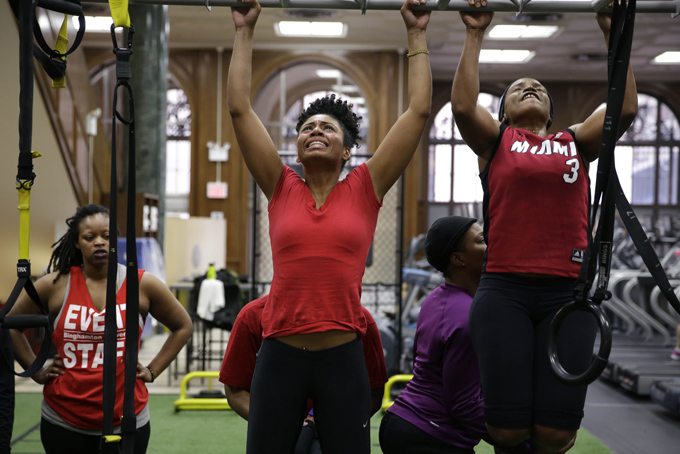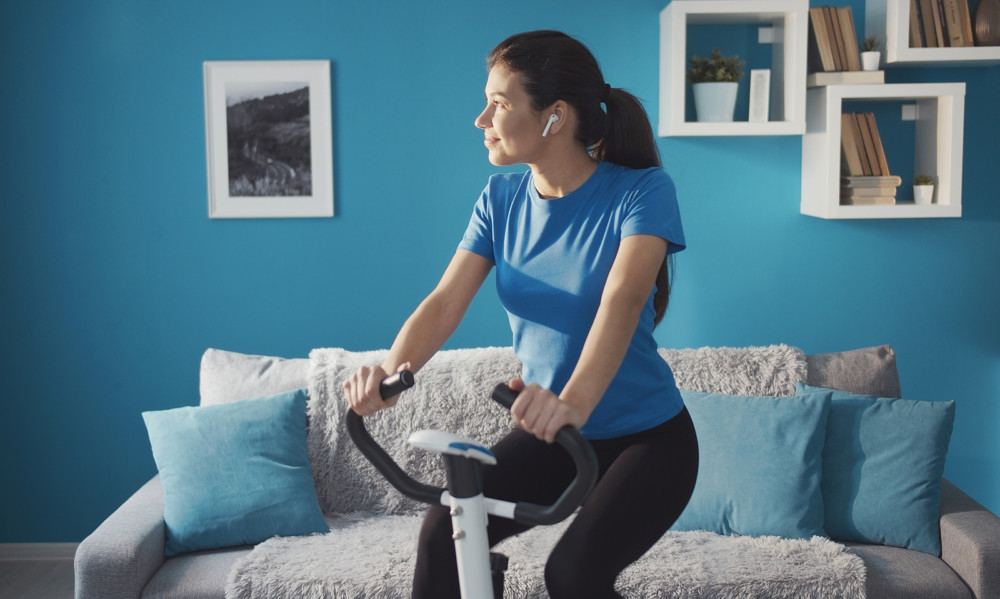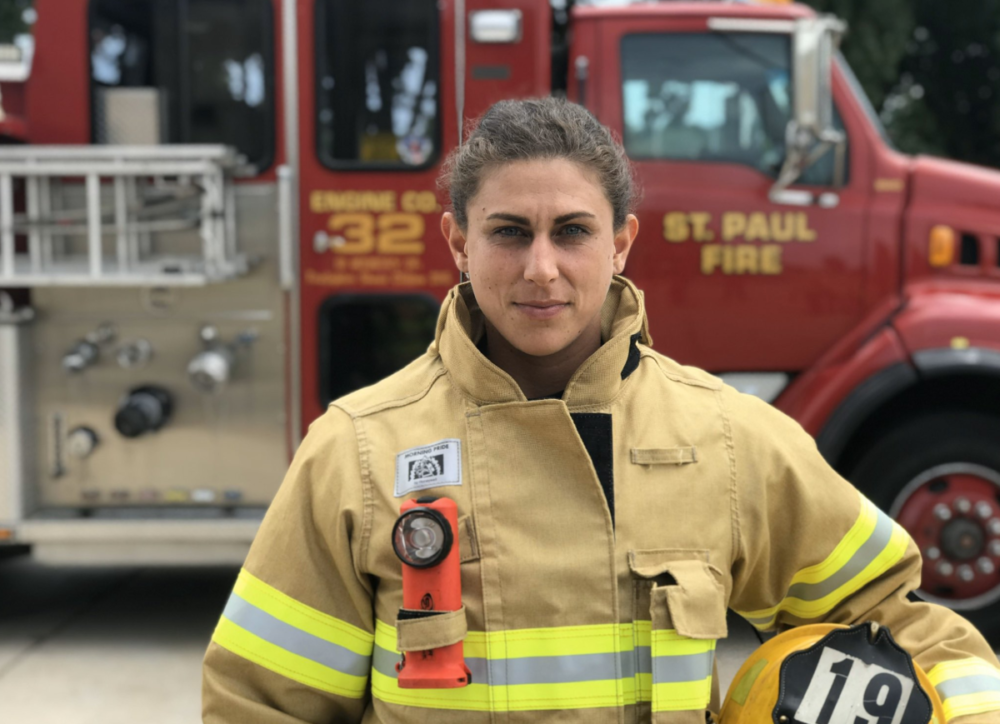By Sheila Anne Feeney
amNewYork, New York.
The women’s muscles are throbbing with fatigue and their faces drizzle sweat.
But their trainer, an ex-Marine named Thompson Plyler, continues to scream at his five trainees (all garbed in red tee-shirts to promote solidarity), goading them through pull-ups, push-ups, sit-ups, squat jumps, runs, burpees, Romanian deadlifts and customized exercises to build upper body strength.
“You’re going to do planks every day of your life! You might be going into the Academy in July!” he screams. “If you don’t prepare yourself today, you’ll be in a world of pain!” he warned.
Plyler is training women who want to be FDNY firefighters, and his harshness is a calculated cruelty: Less than one-half of 1% of the FDNY’s force of 10,500 is female — a mere 41 women. Even when women pass the computer exam, psychological exam and “CPAT” (Candidate Physical Ability Test), there is a 34 — 56% chance that after entering the FDNY Fire Academy, or “probie school,” they won’t graduate, said Sarinya Srisakul, president United Women Firefighters (UWF).
The FDNY’s physical requirements are daunting for both men and women, but pose a particular challenge for those who lack large reservoirs of testosterone — and the social validations and preparations required to pursue a non-traditional career.
Barking and castigation are designed to accustom women to treatment inside a paramilitary organization, Plyler explained: “This isn’t Zumba or yoga. It isn’t supposed to be. And the people of NYC don’t want it to be! My drill instructor had to be stronger than the enemy. In this environment, they have to be tougher than a fire.”
The workouts — organized by the United Women Firefighters and provided free, twice a week on Wall St., courtesy of the New York Sports Club — are customized to build strength in ways specific to firefighting and FDNY Fire Academy tasks: Candidates perform most of their drills wearing cumbersome lead vests, so they’ll be ready to carry 75 lbs. of equipment during the Functional Skills Test. A technique for developing grip strength involves grasping 10-pound discs swathed in thick towels using only three fingers of each hand.
“We have to make sure they develop upper body strength and a LOT of grip strength — 70% of what you do in probie school deals with your grip strength,” explained Regina Wilson, 44, a 14-year firefighting veteran with the FDNY and past UWF president.
A strong grip is needed to wield a pulsing pressurized hose, but also to climb and move ladders, saw and hack “trench cuts” in ceilings, and to use fittings, hooks and tools to force open doors, Wilson explained.
Women are also taught how to recruit muscles of their lower bodies when pulling hoses and hoisting tools or bodies. “We’re just strong differently,” Srisakul, 33, explained.
When Wilson came on the FDNY in 1999, she was the first African American woman hired in 15 years.
Her accomplishments “came with a lot of scars,” she acknowledged. The UWF training not only prepares women for a macho environment where they may be subject to excessive scrutiny, but provides important social and psychological support.
Wilson’s frustration with applicants who don’t prepare is plain: About 425 women (or 4.6% of the total “list” from which the FDNY will be hiring from over the next three years) are on track to attend the FDNY Training Academy, according to the Fire Department.
“We’ve reached out to a lot of them. But the most that show up (for training) is about 10,” for the free workouts, Wilson lamented.
Women who graduate from the Academy “are women who have been through our training. We have a very good record,” of getting women on the job, she declared.
Indeed: Three of the four women who graduated from this year’s FDNY Training Academy class (out of 286 grads) were veterans of the free UWF courses.
A spokeswoman for the FDNY pointed out that in the last two years the FDNY has hired 13 female Probationary Firefighters “and anticipates continuing to hire women at increasing rates with upcoming classes.” The FDNY works hard to support all applicants and candidates, she added.
For Josephine Smith, 34, of Suffolk County, becoming a firefighter has been a lifelong dream: “My father was a firefighter who was killed in the attacks on September 11th,” said Smith.
“I grew up in the fire house, going to work with my dad,” Kevin Smith, a member of the FDNY HazMat Company 1.The UWF trainings “have gotten me mentally and physically prepared,” to go into the Academy, which she expects to do this year.
“I’ve seen incredible differences in the women who go through this — real transformations,” said Smith, who has her 1.5 mile run down to 11.14 minutes.
“The training is dead on,” added Nicole Viel, 23, of Ridgewood, Queens, who is waiting to take her CPAT.
buy clomid generic buy clomid online no prescription
“It really helps a lot.
I couldn’t do pull ups at all when I started. Now,” she said, “I can do five or six.”

















































































































































































































































































































































































